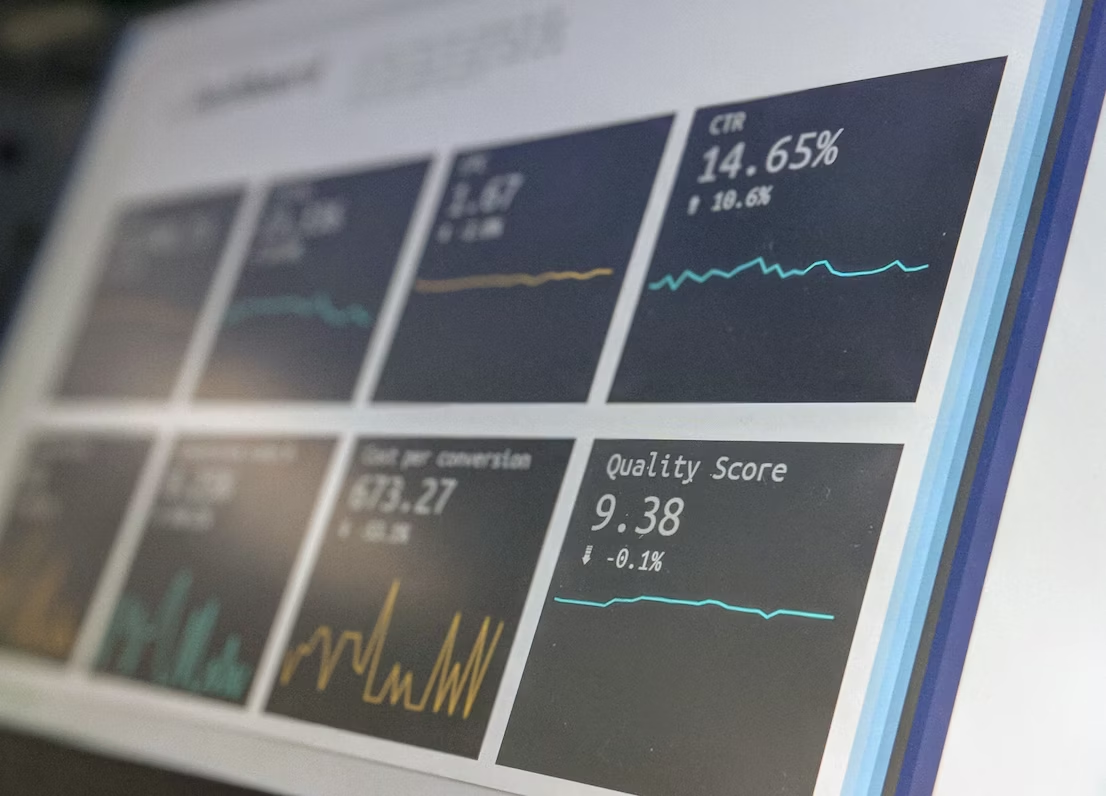As a theatrical director or producer, you understand the importance of breaking language barriers and making your performances accessible to a wider audience. One of the most effective ways to achieve this is by integrating surtitles into your productions. These projected supertitles can provide translations of dialogue and other crucial words on a screen, allowing non-native speakers or those unfamiliar with the language to fully engage with your performance.
When it comes to integrating surtitles, there are a few key considerations to keep in mind. Firstly, it's important to carefully select the appropriate moments in your performance where surtitles will be most beneficial. For example, if your performance includes a lot of dialogue-heavy scenes, it may be best to project supertitles during these moments to ensure that the audience can follow along with the story.
In terms of the technical aspect, it's crucial to work closely with a skilled translator to accurately translate and time the surtitles. They should be clear, concise, and synchronized with the actors' dialogue to ensure a seamless viewing experience. Collaborating with a translator who is familiar with the nuances of theatrical language can greatly enhance the quality of the surtitles and make them more impactful for the audience.
Another important consideration is the placement of the surtitles on the screen. They should be easily visible, ideally positioned just above or below the stage, so that the audience can read them without straining their necks or missing out on the action happening on stage. It's also essential to test the visibility of the surtitlesin different areas of the theater to ensure that everyone in the audience can see them clearly.
Additionally, it's crucial to regularly review and update the surtitles as needed. Dialogue and other text in a performance can change over time, so it's important to have a system in place to easily edit and update the surtitles when necessary. This will ensure that the translations are always accurate and up to date, providing a seamless experience for both the audience and the performers.
When integrating surtitles into your performance, it's important to remember the primary goal: to create a more inclusive and enjoyable experience for your audience. By breaking down language barriers, you're opening up your production to a wider range of viewers who may not have been able to fully engage with it otherwise. This can lead to a more diverse and engaged audience, enhancing the overall impact and success of your performance.
In conclusion, integrating surtitles into your theatrical production can have a profound impact on both the audience and the performers. By carefully selecting the appropriate moments, working with skilled translators, ensuring optimal placement, and regularly updating the surtitles, you can create a more inclusive and enjoyable experience for all. So, don't hesitate to explore the world of surtitles and take your performances to new heights of accessibility and engagement.









